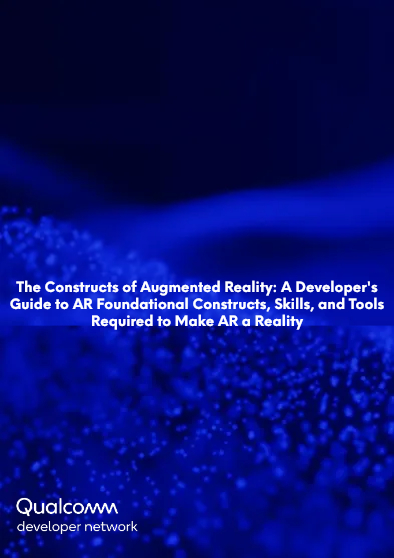Augmented reality (AR) has captivated audiences and ignited imaginations for decades, promising to seamlessly blend the digital and physical worlds. But for developers, the journey to building impactful AR experiences can seem daunting. This guide aims to demystify the key constructs, skills, and tools needed to make AR a reality.
Foundational Constructs: The Building Blocks of AR
At its core, AR involves three distinct layers:
- Physical Layer: The real-world environment we experience through our senses.
- Data Layer: Information about the physical world, including spatial mapping and object recognition data.
- Experience Layer: The digital content and interactions that augment the physical environment.
To bridge these layers, several fundamental constructs are essential:
- Anchors: Bind virtual objects to specific locations in the physical world, allowing them to persist across sessions.
- Scenes: Represent the digital understanding of the physical environment, including spatial relationships and lighting conditions.
- Rendering: Projects virtual content onto the camera feed, seamlessly merging it with the real world.
- Sensors: Capture real-world data (e.g., camera, accelerometer) to inform the AR experience.
- Input: Allows users to interact with virtual objects and manipulate the AR scene.
Kindly provide the requested information to receive the download link.

Augmented reality represents a transformative shift in how we interact with the world around us. The ability to seamlessly blend the digital and physical holds immense potential across industries, from education and healthcare to entertainment and retail. By equipping developers with the necessary knowledge, skills, and tools, we can unlock the full potential of AR and create groundbreaking experiences that shape the future.
Dr. Andrew Smith




Exploring the foundational constructs of AR is a fascinating journey into the fusion of our physical world with digital realms. It’s refreshing to see a guide simplifying the complexities for developers.
Demystifying AR’s building blocks, like anchors and scenes, makes the developer’s path clearer. This guide serves as a valuable resource for breaking down the intricacies of creating impactful AR experiences.
Anchors, scenes, rendering—this guide simplifies the language of AR development. It’s a helpful companion for developers looking to harness the power of augmented reality in their projects.
The guide’s emphasis on rendering and sensors underscores the technical intricacies involved in crafting seamless AR experiences. It provides a valuable roadmap for developers navigating this innovative landscape.
The distinction between the physical, data, and experience layers in AR is elegantly explained. This guide provides a solid foundation for developers, unraveling the intricacies of each layer.
Breaking down AR into its foundational constructs, this guide acts as a compass for developers, steering them through the complexities of building immersive and impactful augmented reality experiences.
Understanding the role of anchors in persisting virtual objects across sessions brings a practical dimension to AR development. Kudos to the guide for shedding light on these crucial constructs.